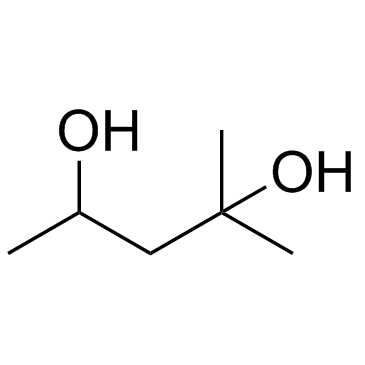Contact urticaria with systemic symptoms due to hexylene glycol in a topical corticosteroid: case report and review of hypersensitivity to glycols.
D Spoerl, K Scherer, A J Bircher
Index: Dermatology 220(3) , 238-42, (2010)
Full Text: HTML
Abstract
We report a case of severe contact urticaria with systemic involvement resembling an anaphylactic reaction, following the application of a topical corticosteroid. This was caused by hexylene glycol, an excipient in the formulation. Glycols are widely used in cosmetics, foods and topical and systemic drugs. In particular, glycols are present in many topical drugs used by dermatologists. To our knowledge, this is the first case in the literature of a potentially life-threatening immediate-type reaction in the context of a contact urticaria syndrome due to hexylene glycol. The classification of contact urticaria syndrome and the allergenic potential of glycols are reviewed. Dermatologists should be aware of the contact urticaria syndrome and of the increasing use of glycols in topical drug formulation in order to identify possible adverse reactions.2010 S. Karger AG, Basel.
Related Compounds
| Structure | Name/CAS No. | Molecular Formula | Articles |
|---|---|---|---|
 |
Hexylene glycol
CAS:107-41-5 |
C6H14O2 |
|
Self-immolative polycations as gene delivery vectors and pro...
2015-02-02 [Mol. Pharm. 12(2) , 332-41, (2015)] |
|
Flavonoid-based pH-responsive hydrogels as carrier of unstab...
2015-05-01 [Pharm. Dev. Technol. 20(3) , 288-96, (2015)] |
|
The conserved Trp114 residue of thioredoxin reductase 1 has ...
2015-01-01 [Cell Death Dis. 6 , e1616, (2015)] |
|
Refolding of SDS-denatured proteins using amphipathic cosolv...
2013-01-01 [Curr. Protoc. Protein Sci. Chapter 28 , Unit28.5, (2013)] |
|
The structures of transcription factor CGL2947 from Coryneba...
2007-09-01 [Protein Sci. 16(9) , 1878-86, (2007)] |